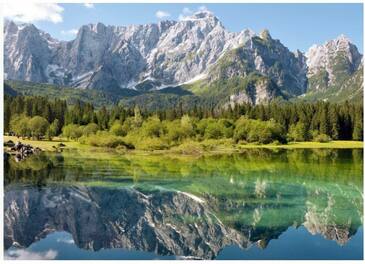 From our contributor, Anthony J. DiLaura A lesser known and less frequently touristy region of Italy is that of Friuli-Venezia Giulia. It is bordered by Austria and the Dolomite mountains, Slovenia and the Adriatic Sea. The Capital City is Trieste and the area was part of the Austro-Hungarian Empire in the nineteenth century. Friuli-Venezia Giulia is populated by 1.2 million inhabitants, characterized by the spectacular beauty of its snow capped mountains to the North, its verdant valleys and pastures, mountain sloped vineyards and deep blue waters of the Adriatic. The region, although part of Italy, is one of five autonomous regions with special statute. The regional capital is Trieste. The city of Venice (Venezia) is not in this region, despite the name. Friuli-Venezia Giulia has a rich ethnicity of Austrian and Slavic origin, reflected in the language spoken there and the amazing cuisine found in the local eateries. I had the pleasure of visiting there a few years ago traveling from Ljubljana, Slovenia to Venice. Things to Do in Friuli-Venezia Giulia Friuli Venezia Giulia Trekking Guide
Prosciutto di San Daniele Tours in Udine Frulian Wine Tours Ancient Roman Archeological Site at Aquileia Grotta Gigante, the Largest Cave on Earth Alpine Bob Coaster in Tarvisio Gorizzia Castle and its Musical Instrument Museum Tandem Para-Gliding Cross-Border Skiing and Snowboarding 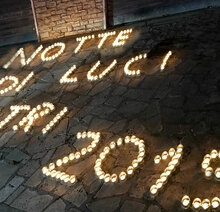 Starting a new tradition to celebrate the holiday season in 2018, the town of Itri in Lazio hosts Notte di Luce, illuminates its historic center with over 22,000 glass jars with candles. The lights are artistically designed by scores of volunteers in magical and surprising ways, turning the village into a glorious flickering wonderland. It's amazing that the candles all get lit within a short period of time at the beginning of this wonderful evening. The luminaries are hung on windows, doors, over streets, on facades of buildings and even on the steps and stones visitors walk upon. If you want to enjoy the holiday festivities of small-town Italy, Itri might be just the place to be. This is certain to be a tradition that continues for years. City of Itri Tel: -07717321 Web Site: comune.itri.lt.it 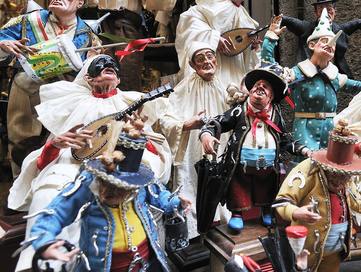 Italians love their presepe (nativity scenes). They buy them, they collect figures, they even make them from scratch and compete in their local competitions. And no where do they celebrate and promote the presepio as much as on Via San Gregorio Armeno in Naples. In fact, it's an all-year-round thing, so if you visit Naples in the summer, plan ahead and buy a presepe and some figures for next Christmas. If not, try visiting when the shops are gearing up for the holiday rush and putting out their newest creations during September or October. This street is packed full with shops selling artistic Italian style nativity figures and structures on which to display them. Many of these are actually wonderful examples of artistic talent, a craft passed on from generation to generation. Visitors can even watch how they are made in the workshops and studios--hands, feet and heads in terracotta, and clothing from fabrics or cartapesta (Papier-mâché). Still other craftsmen create all manner of structures like barns, villas, temples or entire villages out of plaster and paint. In recent years, presepe figures have been made to mimic popular culture. You'll find not only the Pope, but soccer players, movie stars, politicians and recording artists. Want to see what the inside of the Leaning Tower of Pisa looks like?
Now you can... take this 360 degree interactive tour! Click on the photo above to view the video, then navigate with your mouse. Click the photo BELOW to see a 360 degree video of the Piazza dei Miracola!
Siena Cathedral (Duomo di Siena) is a medieval church in Siena, Italy, dedicated from its earliest days as a Roman Catholic Marian church, and now dedicated to the Assumption of Mary. Previously the episcopal seat of the Diocese of Siena, from the 15th century the Archdiocese of Siena, it is now that of the Archdiocese of Siena-Colle di Val d'Elsa-Montalcino.
The cathedral itself was originally designed and completed between 1215 and 1263 on the site of an earlier structure. It has the form of a Latin cross with a slightly projecting transept, a dome and a bell tower. The dome rises from a hexagonal base with supporting columns. The lantern atop the dome was added by Gian Lorenzo Bernini. The nave is separated from the two aisles by semicircular arches. The exterior and interior are constructed of white and greenish-black marble in alternating stripes, with addition of red marble on the façade. Black and white are the symbolic colors of Siena, representing the black and white horses of the legendary city's founders, Senius and Aschius. 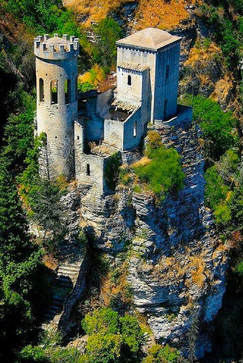 Nearly 2500 feet above the boundary of the Tyrrhenian and Mediterranean Seas is the ancient town of Erice with its two castles, Torretta Pepoli and Castello di Venere (Castle of Venus). The mountain-top town has amazing views overlooking the city of Trapani, at the northern tip of the western coast of Sicily. A cable car joins the upper and lower parts of the beautiful town and with belvedere views from every corner of the town, it's well worth the trip. In the northeastern portion of the city there are the remains of ancient Bronze Age Elymian walls dating back to several thousand years before the time of Christ. The name Erice comes from the Greek hero, Eryx, even though the town was originally colonized by the Phoenicians. It was then ruled by the Greeks, the Carthaginians, and then the Arabs (the Aghlebids), until the Normans conquered it in 1167 and gave it the name Monte San Giuliano, a name that stuck until until 1934. 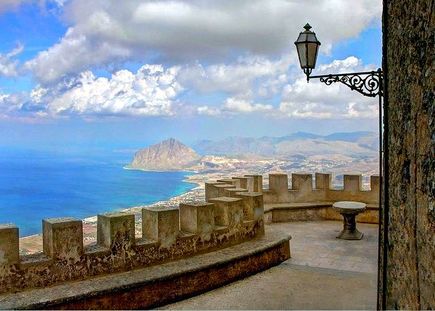 Pepoli Castle dates from Saracen times, and the Castello di Venere dates from the Norman period, built on top of the ancient Temple of Venus. According to legend, the temple was built by the Trojan hero (Venus' son), Aeneas to honor his goddess mother. Legend claims that an important cult used the temple for its sacrifices, and that the animals chosen for sacrifice would voluntarily walk up to the altar to be killed. Today, there are no sacrifices, so you can safely take the cable car (funivia)--newly rebuilt after a forest fire--from the outskirts of Trapani to the town of Erice. --GVI Ostuni is known as White City of Apulia because of its stark white buildings perched high above the plain below. Located about 5 miles and within sight of the Adriatic coastline, it has a year-round population of about 32,000 inhabitants, but can swell in the tourist season to over 100,000. Part of the province of Brindisi, a region with high production of both wine and olive oil. The town is a popular popular place for expats, especially British and Germans. The region around Ostuni has been inhabited since the Neolithic era, with Neanderthals living here over 40,000 years ago. The town itself was settled by the Messapii tribe, destroyed by Hannibal during the Punic Wars. It was rebuilt by the Greeks, its name deriving from the Greek Astynéon ("new town"). The town came under rule of the Romans until the Normans conquered it in 996 AD and built a medieval town around the summit of the 950 feet high hill, including a castle and four gates (ruins today). In 1507, rule passed to Isabella, Duchess of Bari, and under her rule Ostuni thrived during the Italian Renaissance, with an abundance of Renaissance architecture left behind. 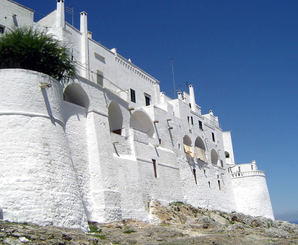 The white color of the town had practical advantages. Since at least the time of the Middle Ages, the lime whitewashing helped keep buildings cool by reflecting the heat of the southern sun. Lime whitewash also has disinfectant properties, helping to slow the spread of disease--this was proven during the Middle Ages, lessening the spread of the Plague. Lime is readily available in the surroundings of the city since the town itself is built upon three hills of Cretaceous limestone. The White City has become such a popular destination for tourists that the government pays for half the cost of homeowners repainting their homes every two years to keep them looking their whitest.  The centro storico (historic center) is still fortified by the ancient walls. The town's largest buildings are the Ostuni Duomo and the Bishop's Palace, together with a number of palazzi of local aristocratic families. In the surrounding countryside there are typical Pugliese masserie (fortified large estate-farms), as well as trulli (pointed roofed structures), many of which today have been converted into hotels and B&Bs. Since 2010, there has been such a large influx of British expats buying properties, that the town has been given the tongue-in-cheek nickname of Salentoshire. Events La Processione della Grata - On the second Sunday of August, this procession leaves the Sanctuary della Grata to go to the center of the city and, and in the evening the candles of over six thousand people light up the countryside which can be viewed from the city's walls. Sagra dei Vecchi Tempi - Feast of the Old Times. August 15th is a local food festival with many traditional dishes. Cavalcata di Sant’Oronzo - a celebration of the town’s patron saint, takes place between the 24th-27th August. The high point are costumed knights and a procession on horseback. Festa di San Biagio - On February 3rd, thousands of pilgrims go to the sanctuary of San Biagio carved into the side of the limestone hillside, just outside of town. The Sanctuary is notable for a huge, ancient sinkhole considered by speleologists the biggest underground cavity in Puglia. Visitors can enjoy the natural landscape in the surrounding area.- Via dei Colli, Ostuni, Puglia Just remember to bring your sunglasses if you plan on visiting Ostuni -- it's that white. --GVI Cyclists already know Lake Garda as a premier cycling destination, but the design and installation of a cycle path that hangs from the craggy cliffs surrounding the lake is going to be a real game changer. At a projected cost of over $130 million, Garda in Bici (Garda by Bike) is being constructed nearly 200 feet above the lake to complete an 86 mile route that circumnavigates the lake. The first three-mile section is set to open this summer, and the entire course should be completed by 2021 which will connect three Italian regions: Lombardy, Veneto and Trento. The area surrounding Lake Garda is already popular with cyclists who ride off-road trails in the Dolomites and with the grueling TransAlp Bike Race. 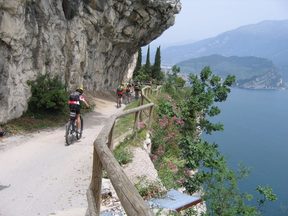 The sleek steel and wooden route features elegant iron fences built as futuristic balconies with views of mountain peaks, boats sailing by and the picturesque villages that dot Lake Garda's shores. The engineering to complete the installation itself is daunting, at times using using helicopters, mountaineering experts and specialist riggers drilling into solid stone. Thick steel poles drilled into the cliffs support the board treadway, seemingly defying gravity. The addition of this amazing structure to the many biking paths that already exist around Lake Garda makes this a must-cycle destination. Update, 6/20/19: As the video below shows, the "bike" path is also frequented by pedestrians and is becoming a bit over-crowded, as most popular sites in Italy... For more information about cycling in Lake Garda, Click Here. --GVI 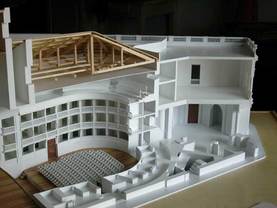 Altamura is primarily known for its world famous crusty bread that lasts for weeks, but man doesn't live by bread alone. An occasional musical interlude helps, too... The Teatro Mercadante of Altamura began a new history in the Pugliese city in 2014 after 25 years of closure, thanks to the patronage by Altamura entrepreneurs. The beautifully restored classical Italian theater hosts a mixture of opera, jazz, classical comedies, Avant-garde performances, modern plays and philharmonic concerts. The theater is named after one of Altamura's favorite sons, Giuseppe Saverio Raffaele Mercadante (1795 -1870), an Italian composer, particularly of operas. After his death in 1870, the city of Altamura decided to build a new theater to honor his memory, starting construction in 1895 and finishing (amazingly) within six months! Originally, each person contributing to the effort, paid at least 5 lira which would represent "ownership" of the stage, a lamp, a door or a chair proportional to the amount paid. The interior of the theater is horseshoe shaped, consisting of four tiers of boxes and stalls with a capacity of approximately 500 seats, which results in there being no bad seat in the house. The historic curtain, entitled Mirabile, is the work of the painter Montagano, depicting Frederick II of Swabia and the construction of the Altamura Duomo. While Mercadante may not have retained the international celebrity of Gaetano Donizetti or Gioachino Rossini beyond his own lifetime, he composed as impressive a number of works. His development of operatic structures, melodic styles and orchestration contributed significantly to the foundations upon which Giuseppe Verdi built his dramatic technique.
Attending a play or concert in this wonderful Italian theater would be an experience that will add eternal memories to your Voyage to Puglia and Altamura... --Jerry Finzi 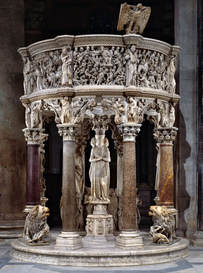 Pulpit by Pisano Pulpit by Pisano The Duomo The Leaning Tower of Pisa sits in the sprawling Piazza dei Miracoli, but there are also other amazing buildings to visit and admire. Construction on the Pisa Duomo (the Santa Maria Assunta cathedral) began in 1063 by the architect Buscheto, paid for with the spoils received fighting against the Muslims in Sicily. The structure is a mix of architectural styles, reflecting the influences of the varied merchants of the day: classical, Lombard-Emilian, Byzantine, and Islamic. The church was erected outside Pisa's defensive walls to show it's lack of fear from outside forces. The cathedral was consecrated in 1118 by Pope Gelasius II, a member of the powerful Caetani family with links to both Pisa and Rome. The Duomo is well worth a visit and contains noteworthy treasures, including the marble pulpit and bronze doors, both designed by Pisano. 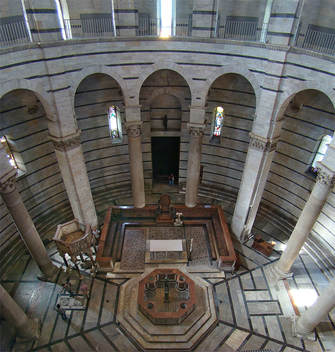 The Baptistry The construction of the Baptistery of St. John (Battistero di San Giovanni) began in 1152 to replace an older baptistery, and was completed in 1363. The baptistry was designed by Diotisalvi, whose signature is found on two pillars inside the building, dated 1153. It is the largest baptistry in Italy, constructed with marble: 55 meters high with a diameter of 34 meters. It's architectural style is a combination of Romanesque and Gothic--the lower section Romanesque, the upper section Gothic. The interior, although somewhat overwhelming, lacks decoration. The octagonal font in the center was created in 1246 by Guido Bigarelli da Como, the bronze sculpture of St. John the Baptist is by Italo Griselli, The pulpit is from 1255-1260 by Nicola Pisano, father of Giovanni Pisano, who produced the pulpit in the Duomo. A little known fact: like the famous Leaning Tower, the Baptistry is also leaning, albeit just a tad 0.6 degrees toward the cathedral. One of the more interesting aspects of the Baptistry is its acoustics, illustrated in the video below... 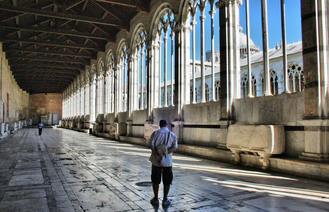 Campo Santo Built in the 13th century, the Campo Santo (Holy Field) Monumentale is a cemetery built in the form of a cloisters, sitting alongside both the Baptistry and the Duomo in the Piazza dei Miracoli. Admittedly, it is the lesser-known of Pisa's monuments. Legend claims it was built upon a shipload of sacred soil from Calvary where Jesus was crucified. It is said that bodies buried here will rot and ascend to Heaven in just 24 hours. The burial ground lies over the ruins of the original baptistery of the church of Santa Reparata, a church that stood where the Duomo stands today. 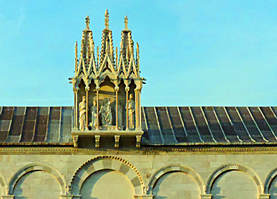 photo by Finzi photo by Finzi Over the centuries, the most illustrious citizens of Pisa have been buried in Roman sarcophagi and more modest graves. The walls were decorated with 14th and 15th century beautiful frescoes which were damaged during WWII air raids, and are still being restored today. Some of the best frescoes to see include the Triumph of Death, the Last Judgment, and Stories of the Anchorites. The cemetery itself is composed of three chapels: Chapel Ammannati is the oldest one; Chapel Aulla made by Giovanni della Robbia in 1518; and Chapel Dal Pozzo, which was commissioned by Carlo Antonio Dal Pozzo, the archbishop of Pisa, in 1594. 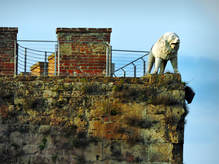 Lion's Gate Lion's Gate The Jewish Cemetery of Pisa Just to the left of the Porta Nuova entrance to Piazza dei Miracoli, and just beyond the ancient gates of Porta del Leone lies the Cimitero Ebraico, the historic Jewish Cemetery of Pisa, one of the oldest cemeteries in the world still in use. It is separated from Campo Santo itself by the medieval walls, framed by the Torre di Santa Maria, the Lion's Gate and Torre di Catallo. If it weren't for the walls separating the two cemeteries, visitors would instantly realize that fully two-thirds of the northern boundary of Piazza dei Miracoli is sacred burial grounds for two religions. In use since 1674, the current cemetery was preceded by at least three other Jewish cemeteries, all located outside the western walls of Pisa. The first official mention of the Jewish community in Pisa dates back to 859 AD, and thirteenth century engraved inscriptions can still be seen to the right of the Porta Nuova. Historians believe that the poorest people were buried at the foot of the walls with their names engraved on the wall, all at the same height. Tombstones in the cemetery are unusual in that they have Hebraic inscriptions on one side and Spanish or Portuguese inscriptions on the other. This is because they were descendants of families expelled from the Iberian Peninsula in the 15th century. They also are engraved with the date from the the Gregorian calendar and and the Hebraic date. Many tombs are broken or tilted, not unlike the Leaning Tower, because of the poor soil. In the older part of the cemetery, the stones are under tall trees, giving you the impression that you are well outside of the city limits and away from the tourist throngs. Another interesting aspect is the tombstones marking the graves of children who succumbed to the 17th century plague. You will also find the graves of Jewish soldiers who fell during the First World War, Jews who were victims of fascist violence, German killings and Nazi-Fascist persecutions. A plaque on the wall of the mortuary chapel in the center of the cemetery lists names of those who were deported and disappeared in the extermination camps are also remembered by a plaque on the wall of the mortuary chapel in the center of the cemetery. As many of you know, it is Jewish tradition to place small stones on the graves of the departed, and you will find many stones in this cemetery as well. Some say the reason is stones last forever, while flowers would fade away--the love for people who have passed on never fades. Others say the stones help hold part of their souls down to Earth, where we can still spend time with those who have left this world. As in the words to a popular song, the Kotel: “There are men with hearts of stone, and stones with the hearts of men.” If you visit, leave some stones for their souls and for your own. To visit, contact the Jewish Community of Pisa. Via Palestro, 24 - 56127 - Pisa - Tel and Fax: 050/542580 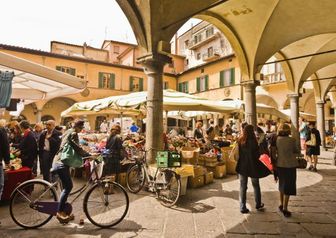 Piazza delle Vettovaglie In the historic center of Pisa, Piazza delle Vettovagia's name describes its function... vettovaglie means provisions in Italian. Literally, its name means Supply Square. Unlike other town markets in Italy, which have only one day in which a piazza turns into a market, this Piazza becomes a local market each and every morning. Keep in mind, this is a market for where locals shop. Well worth a visit if you want to experience the real Pisa. Residents can buy fruit, vegetables and other food products. You will feel like you've been transported back to the Renaissance, surrounded on all sides by porticoes, the piazza boasting cafes, wine shops, butchers, fish-sellers, bakeries and spice shops. The Piazza is a great place to buy your provisions for the day, or for snacking or dining in a taverna under the portico. It is a particularly lively spot in the evenings where locals congregate, and because it is off the tourist radar, prices are more affordable. 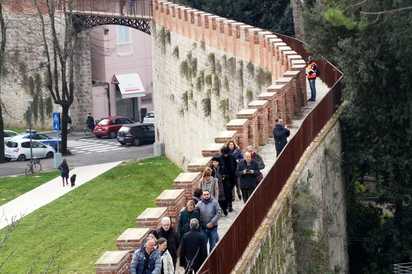 Torre di Santa Maria and the Medieval Walls of Pisa The Torre di Santa Maria is in the north-west side of the defensive city walls in the Piazza dei Miracoli and was constructed in 1155-1161. In 1499, during a siege by the Florentines, the tower was nearly destroyed and shortened to the level of the walls. It was reconstructed again in the 19th century. The walls themselves took nearly two centuries to complete, stretching nearly 4-1/2 miles with an average height of 36 feet, about 6 feet thick and are built using “Panchina” stone, a form of tufa stone. After years of restoration, visitors may now attend walking tours on the Pisa walls on selected days. The three-kilometer path affords views of towers and ramparts, where you’ll also walk over the city's four gates: Porta Nuova in Piazza dei Miracoli, Porta a Lucca, Porta San Zeno and Porta Calcesana. Generally speaking, the walls are open from April till September. At the time of this writing, the cost is 3 Euros. Parts of the walls are actually handicapped-accessible via elevators (for short sections of the ramparts). You should be able to by tickets at the same places you buy tickets for the Leaning Tower. The hours are usually from 11am-2pm and 3pm to 8pm. (Please check with the Pisa Tourism Bureau for current dates and times. This is Italy, after all). Click the map above to see it in high resolution.
|
Categories
All
Archives
May 2023
|

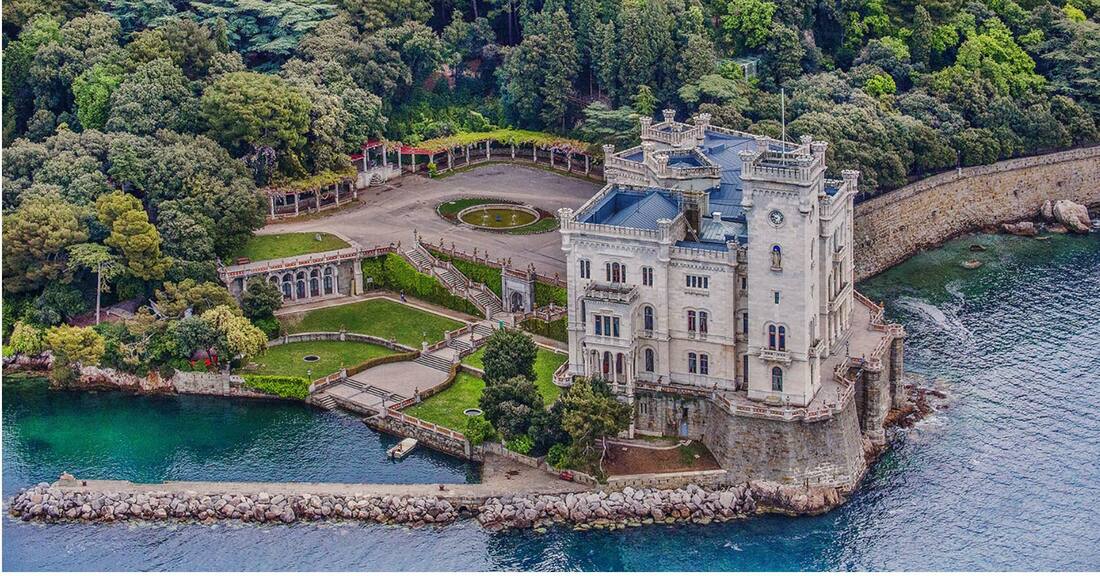
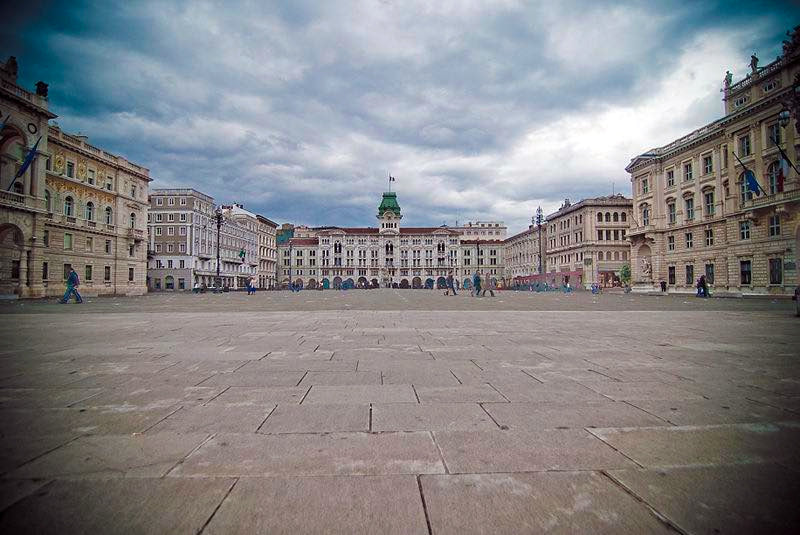
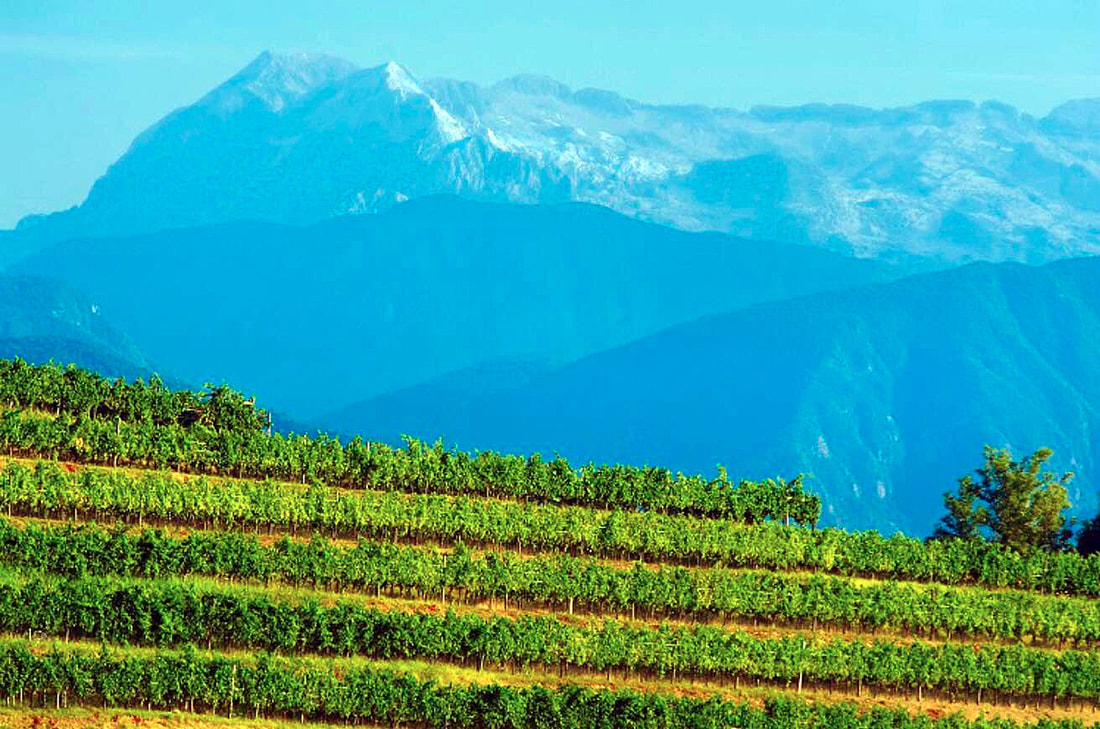
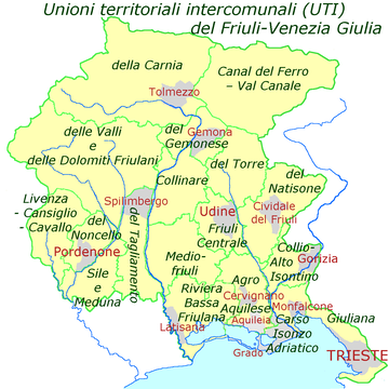
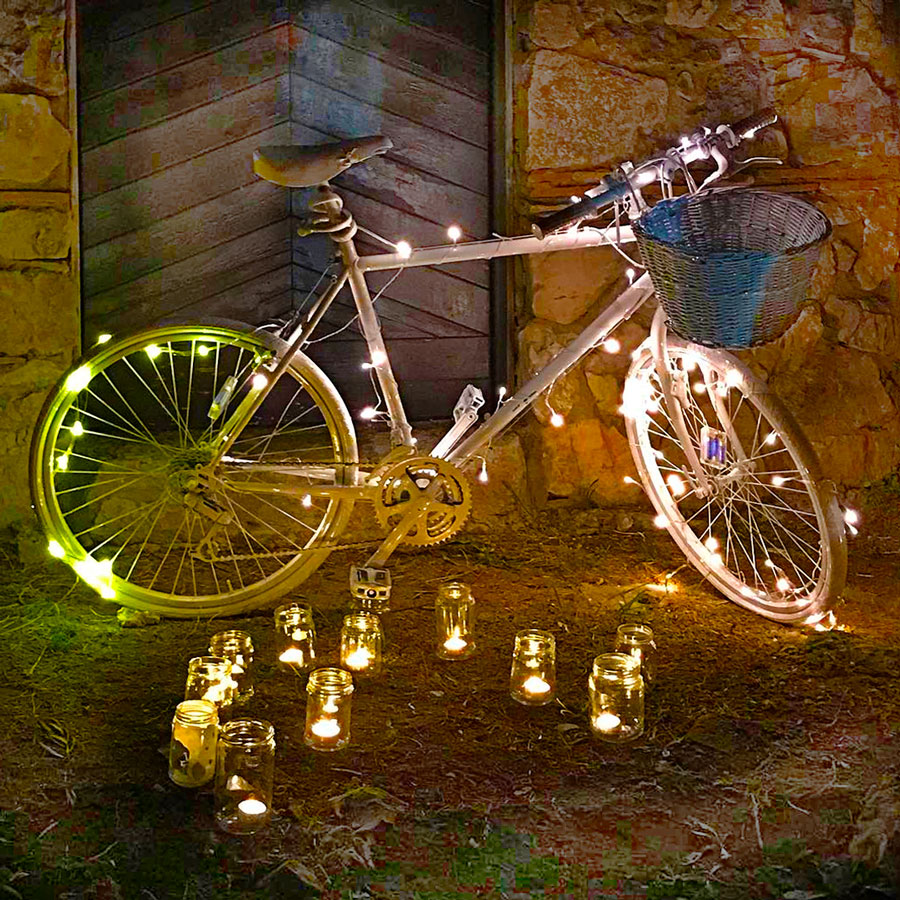
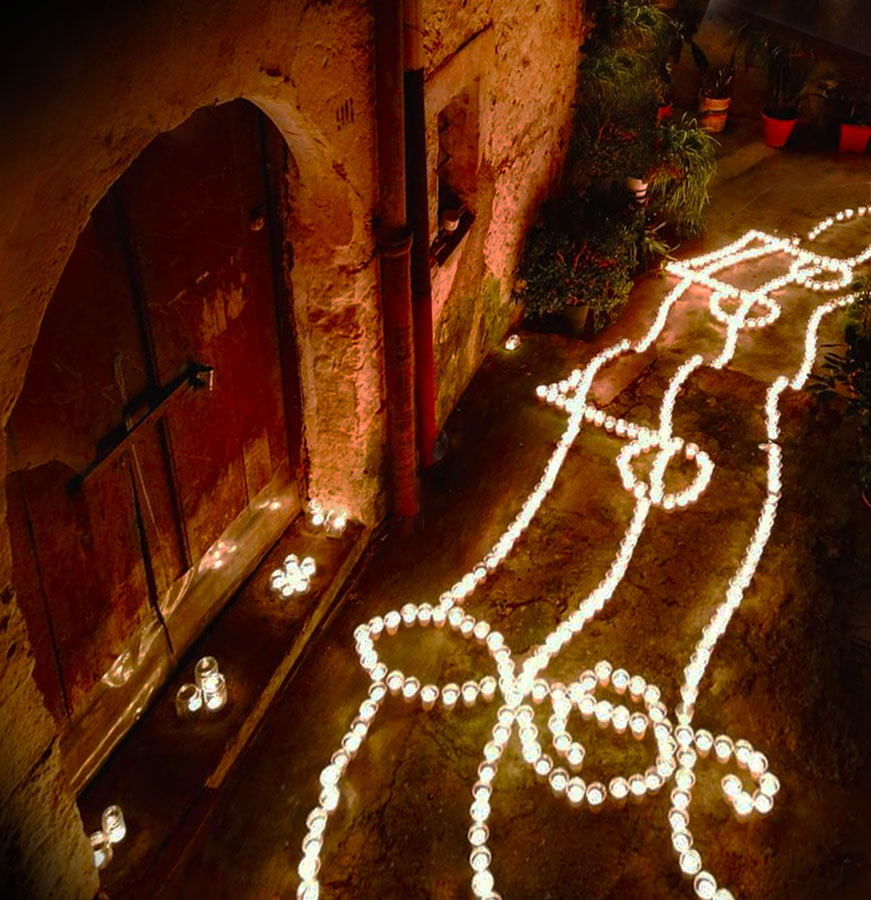
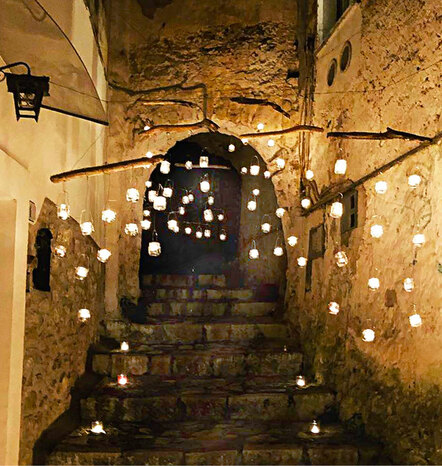
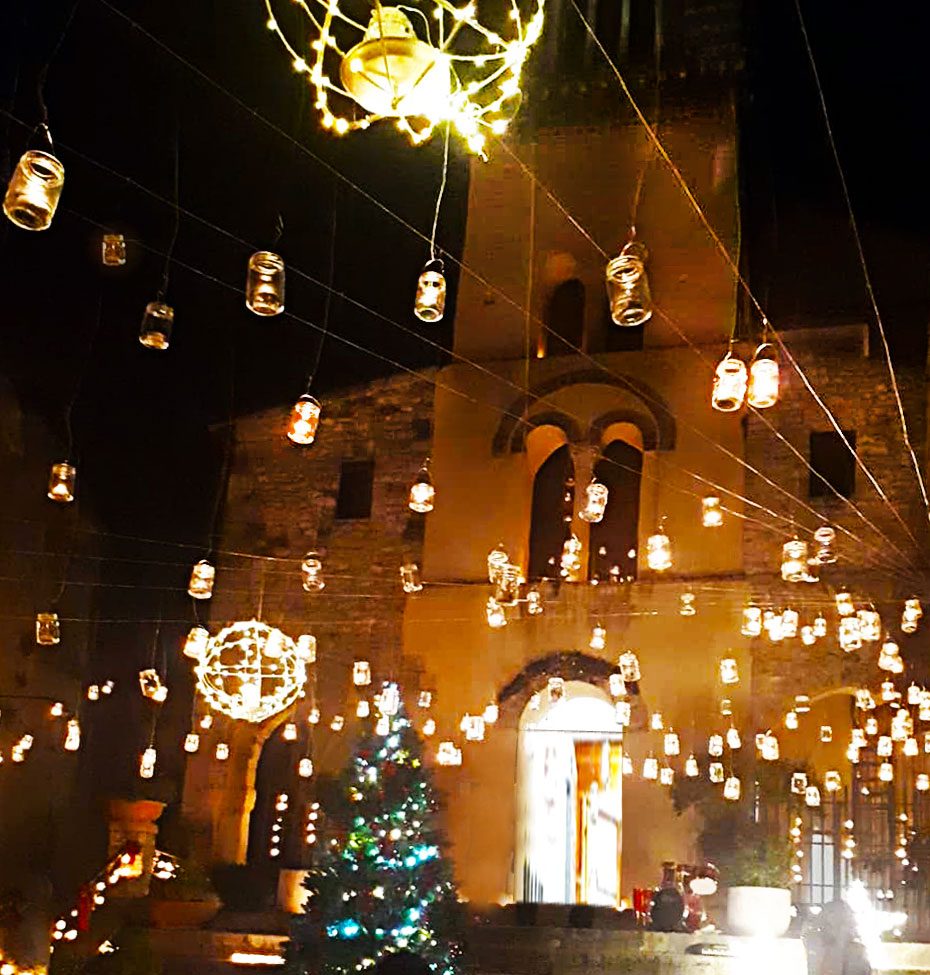
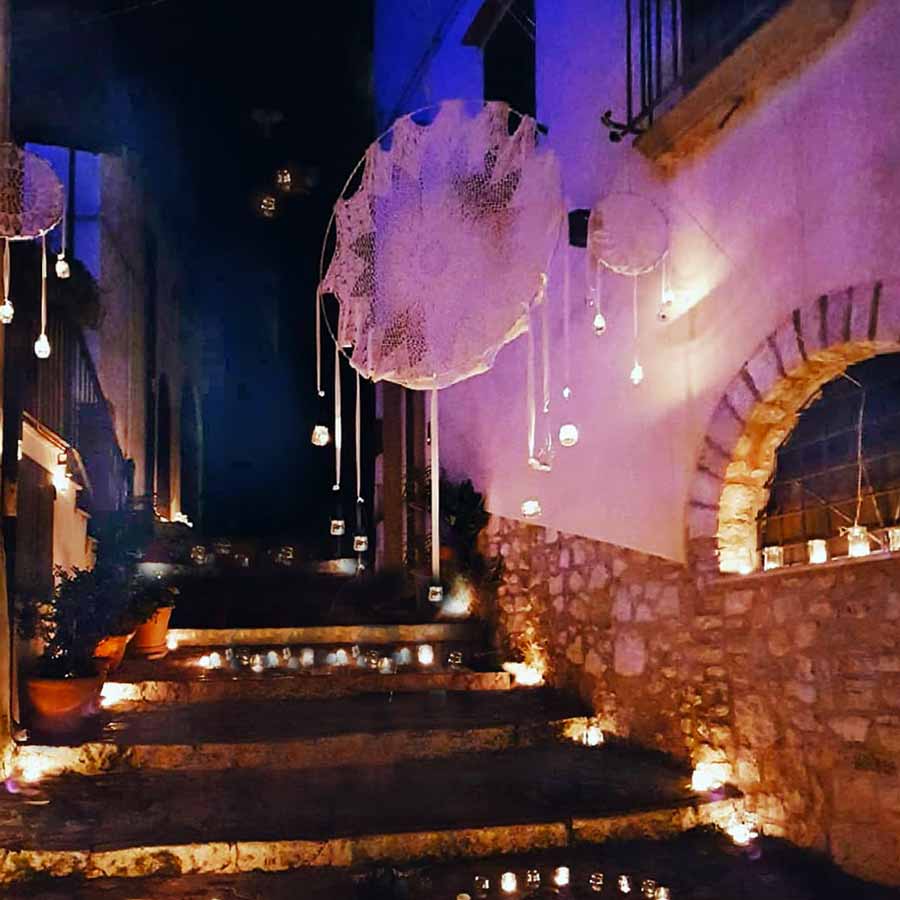
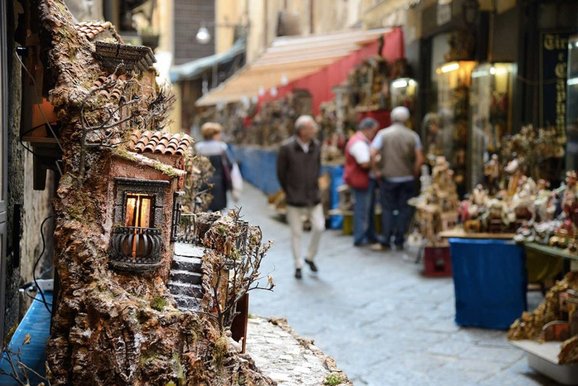
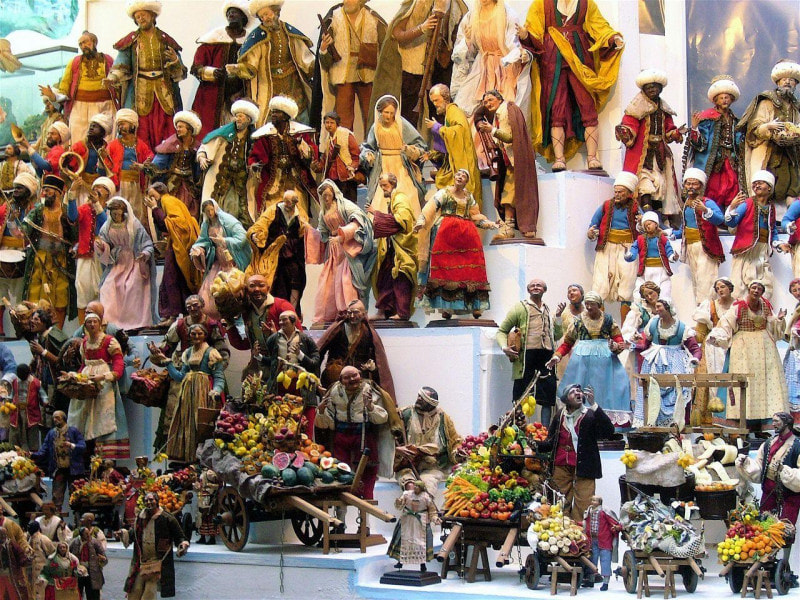
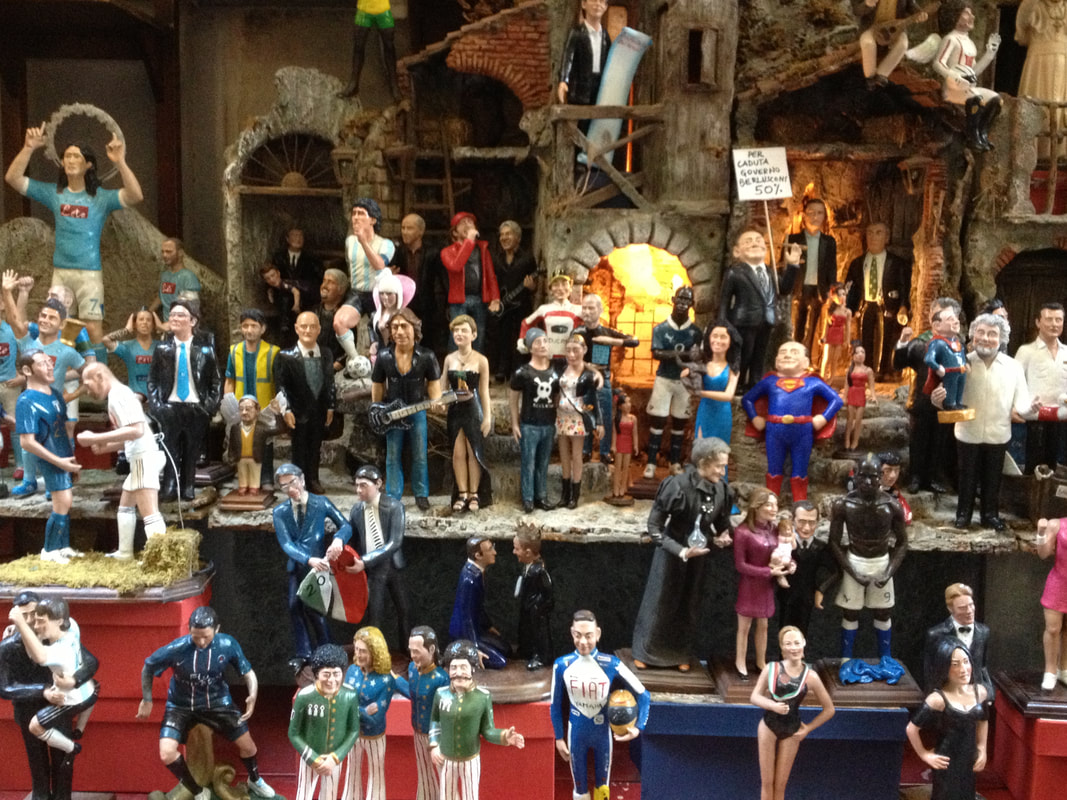
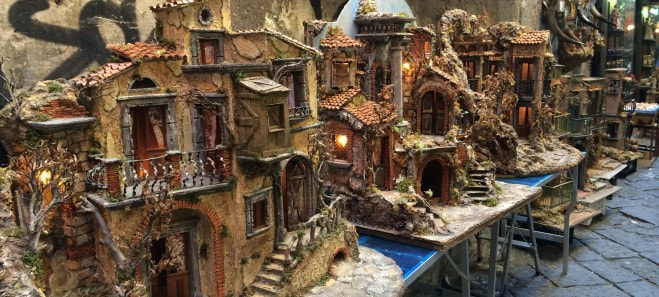
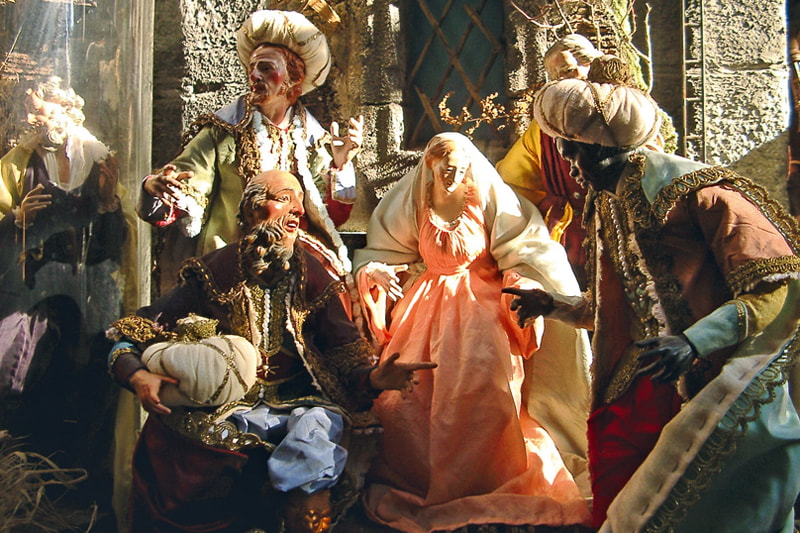
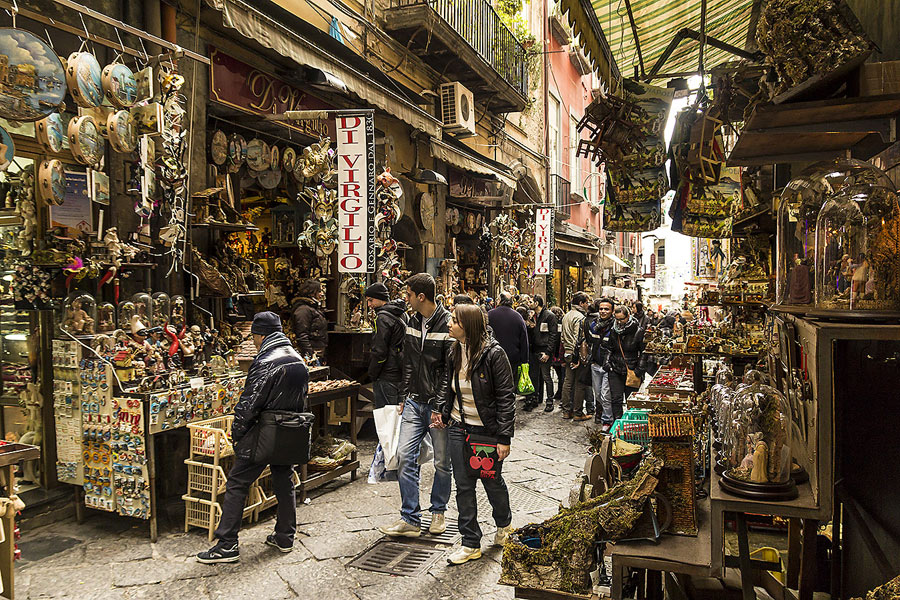
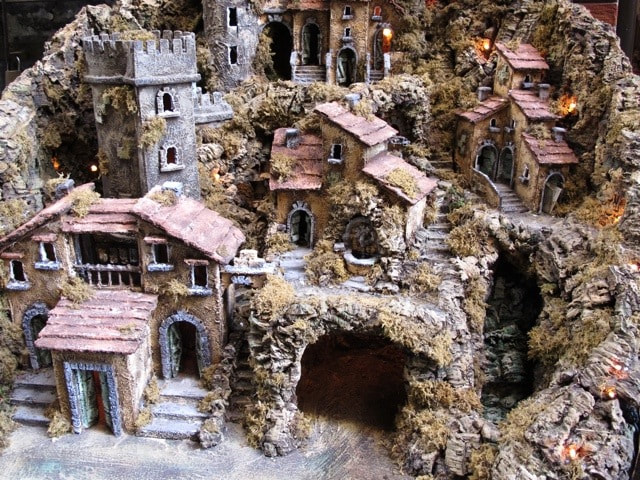
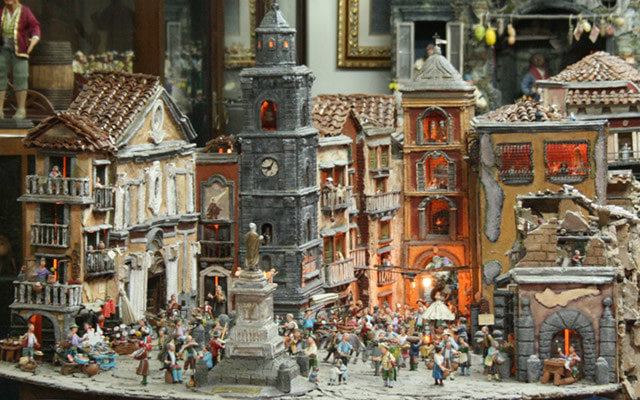
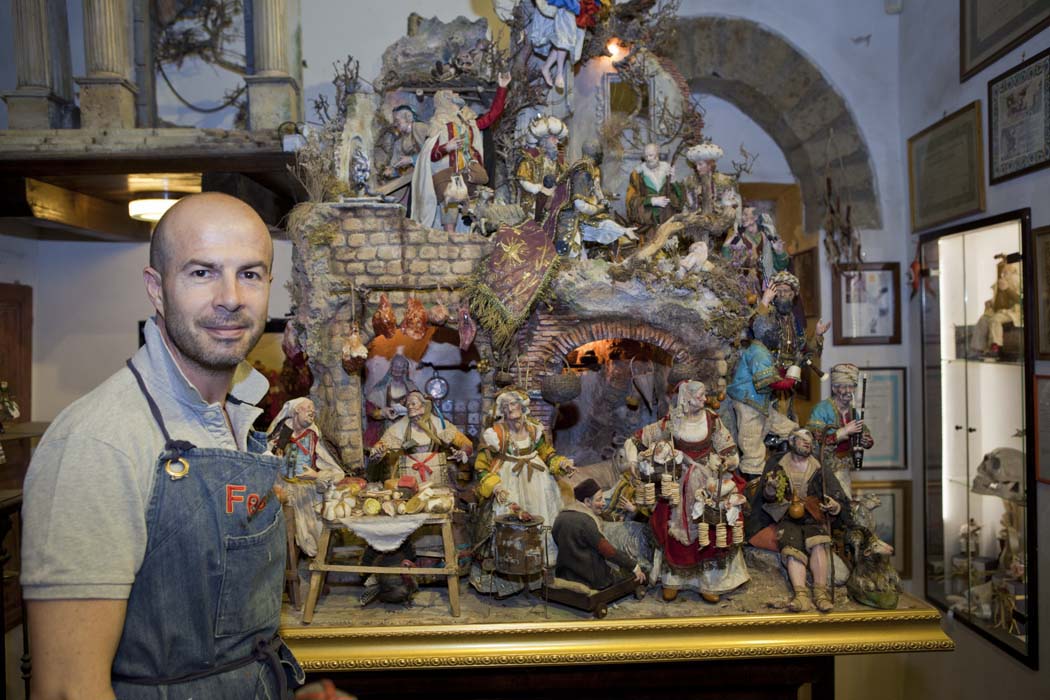
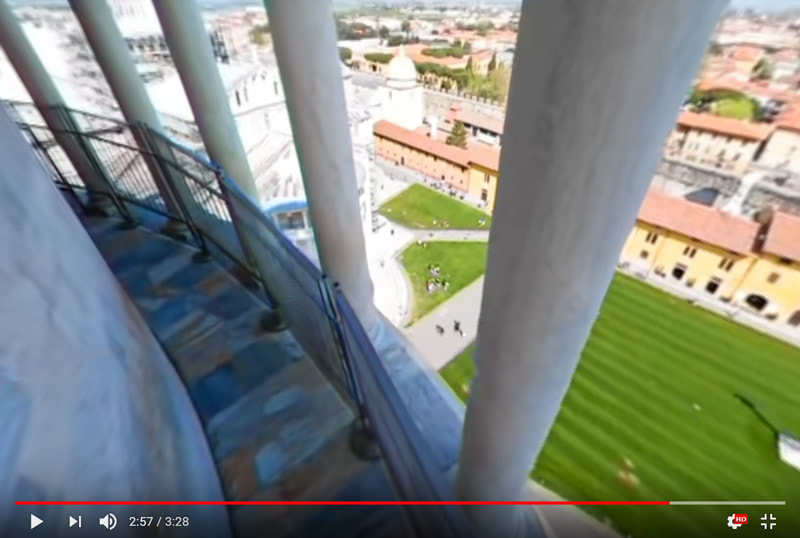
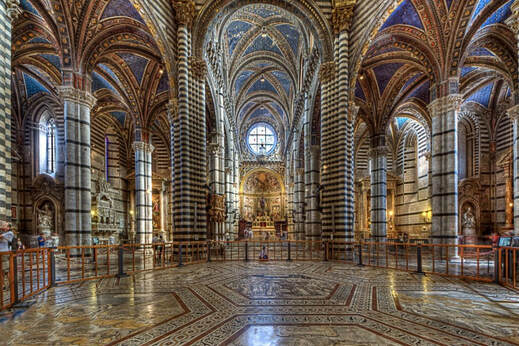
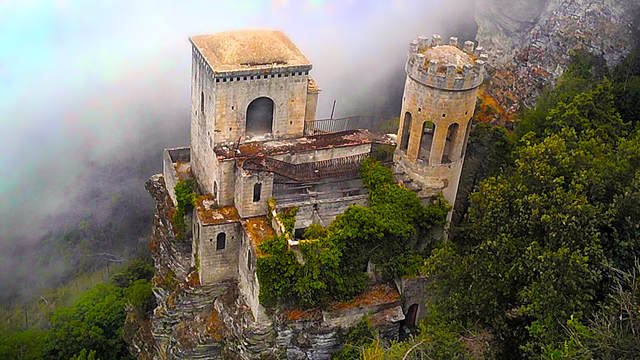
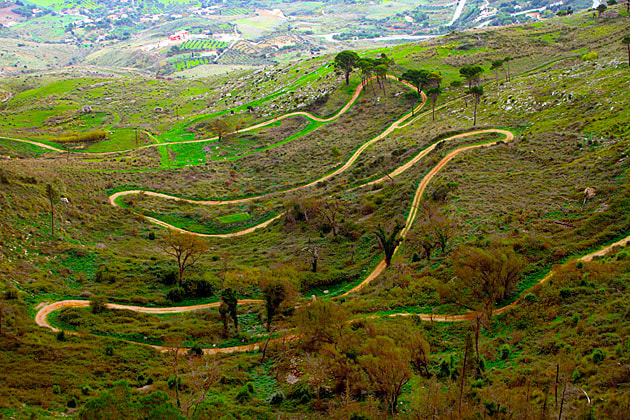
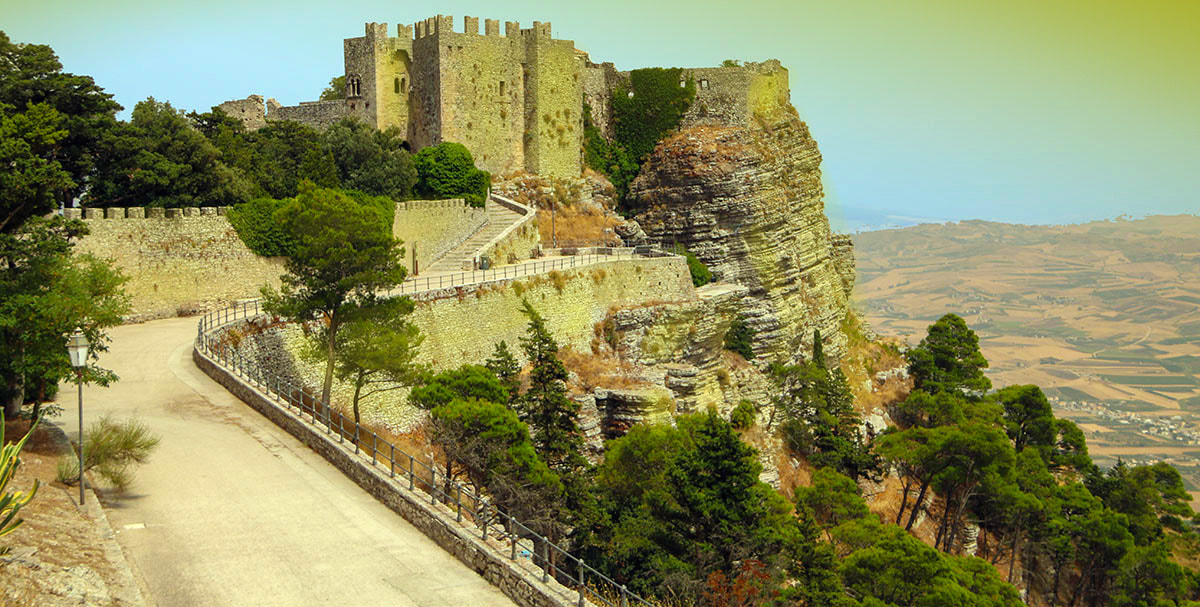
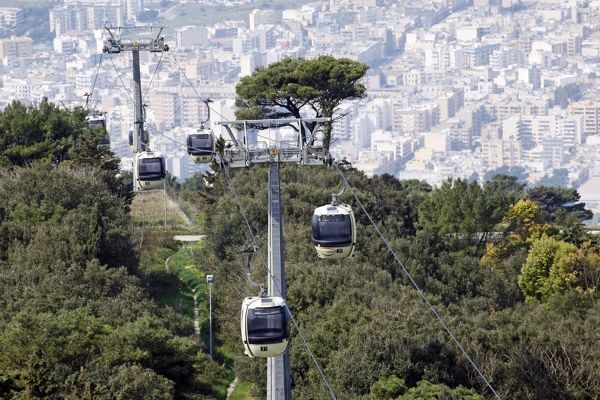
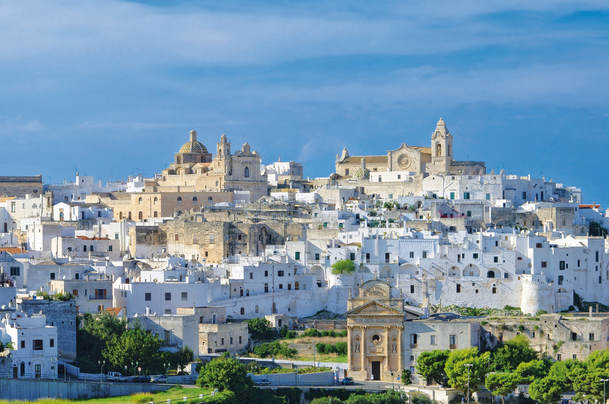
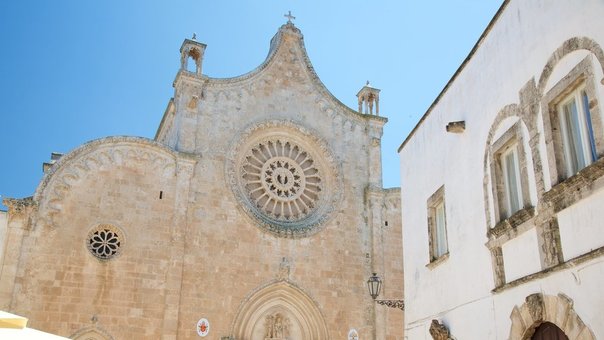
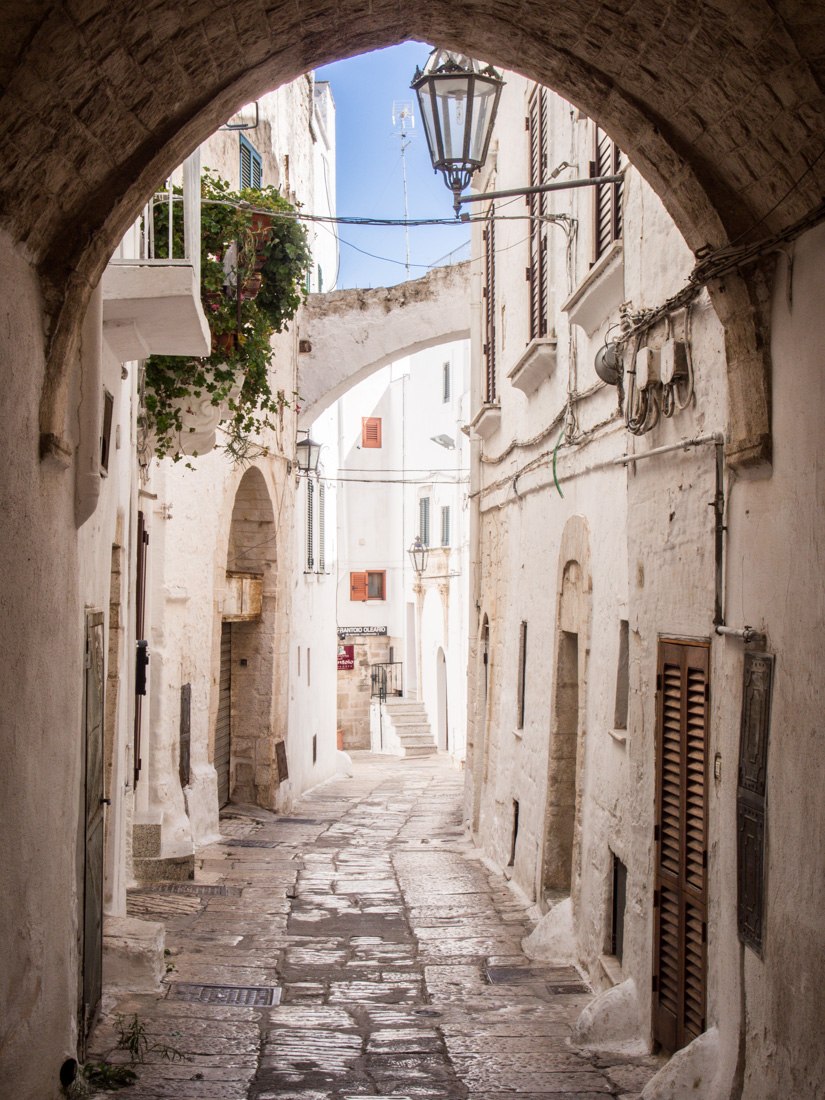
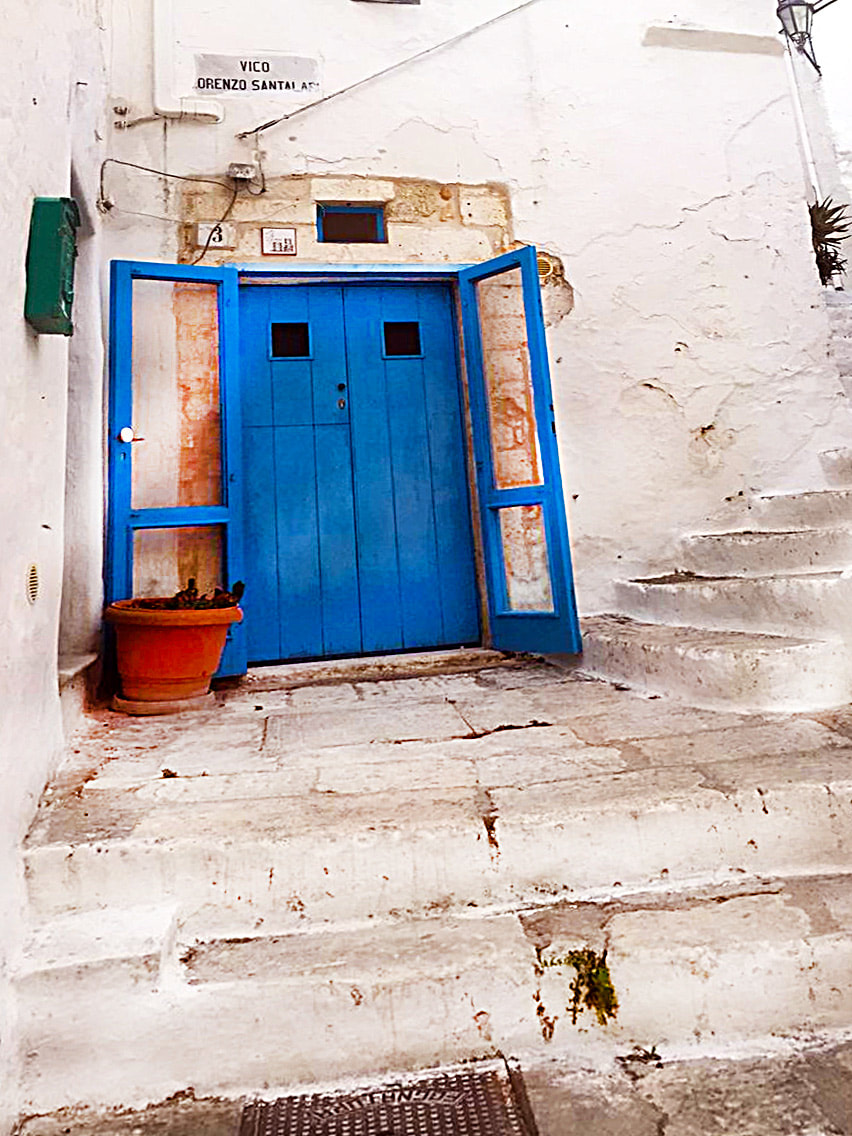
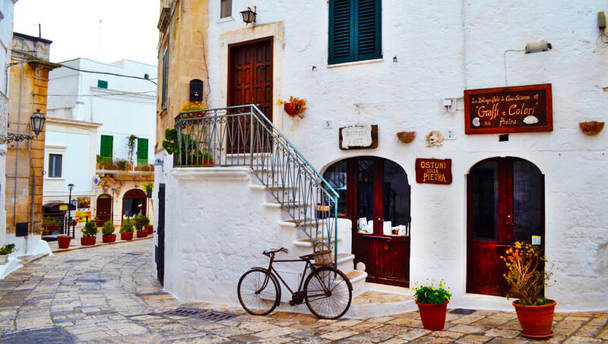
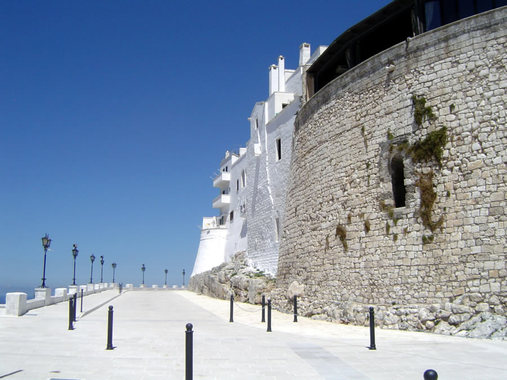
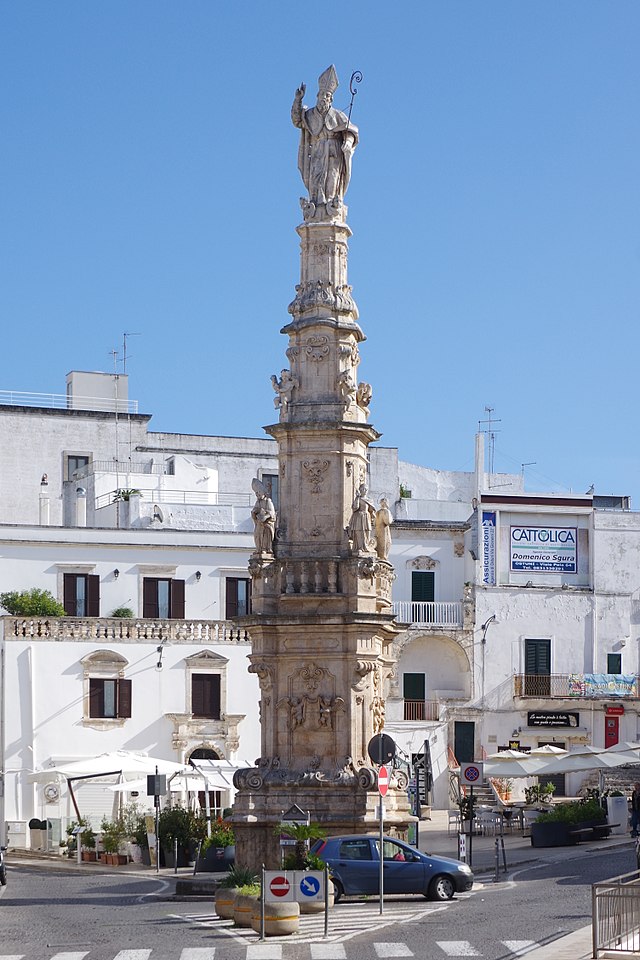
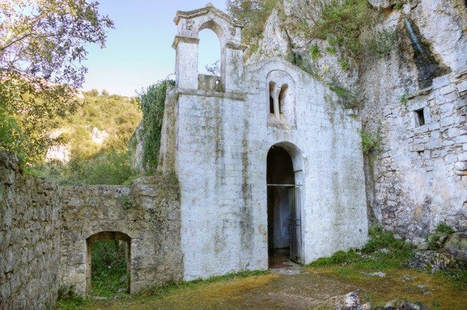
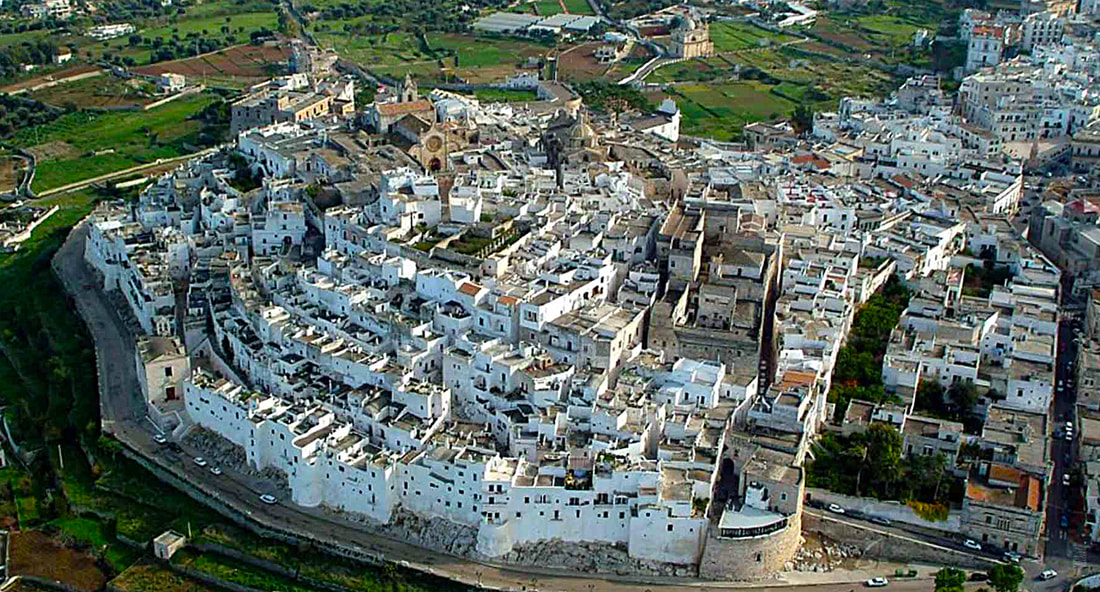
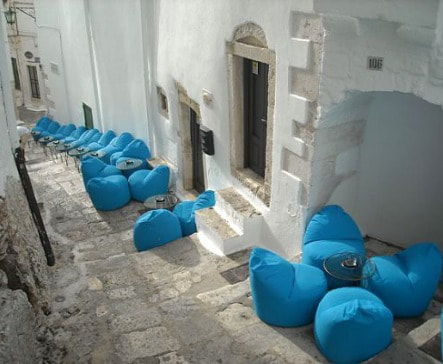
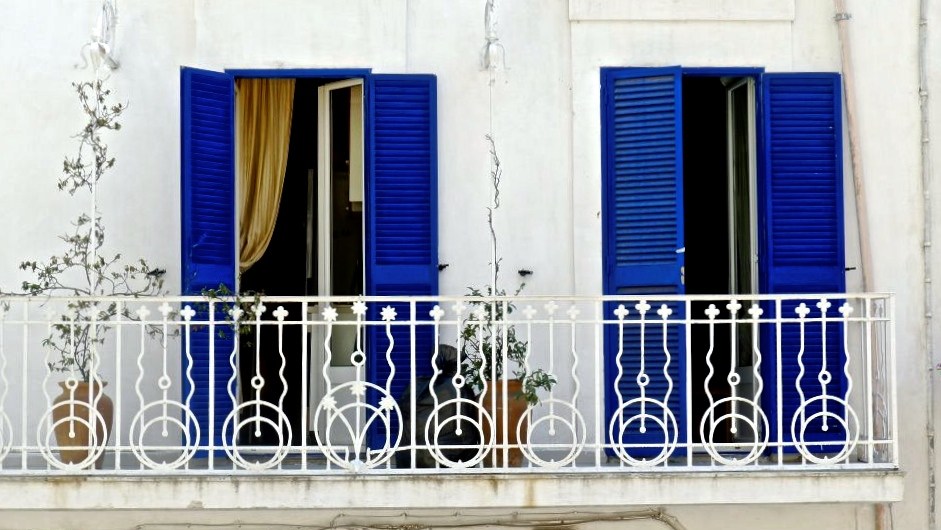
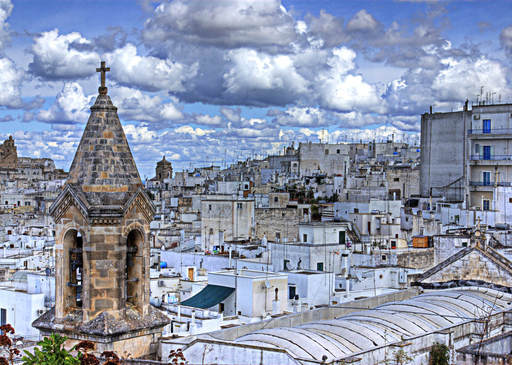
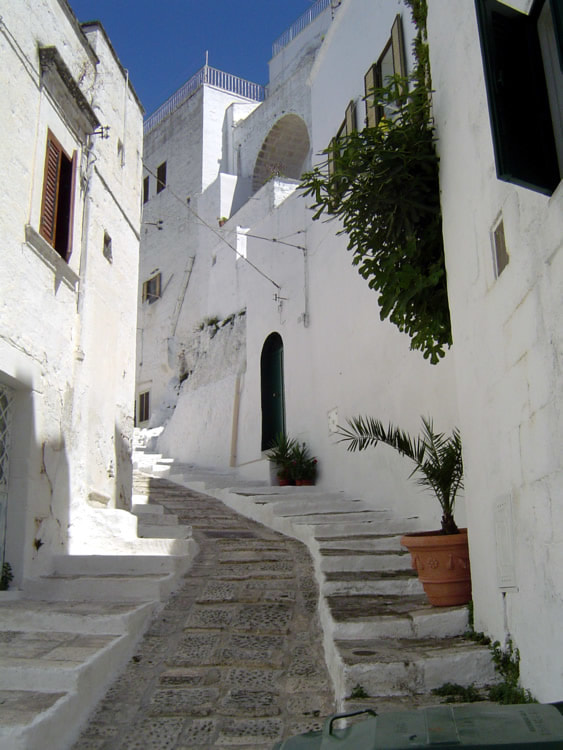
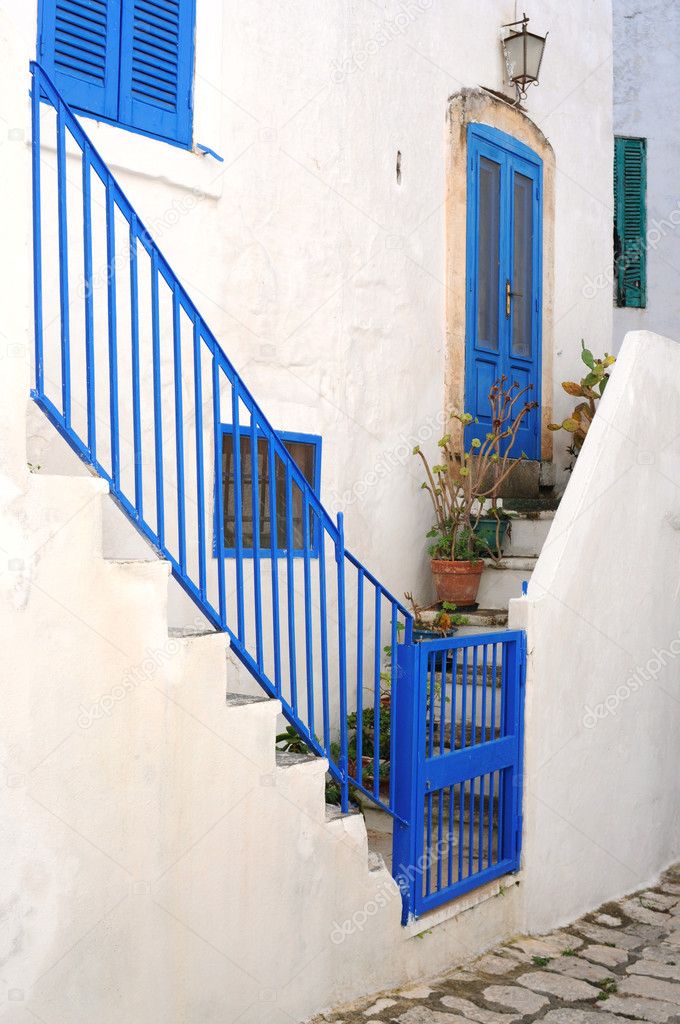
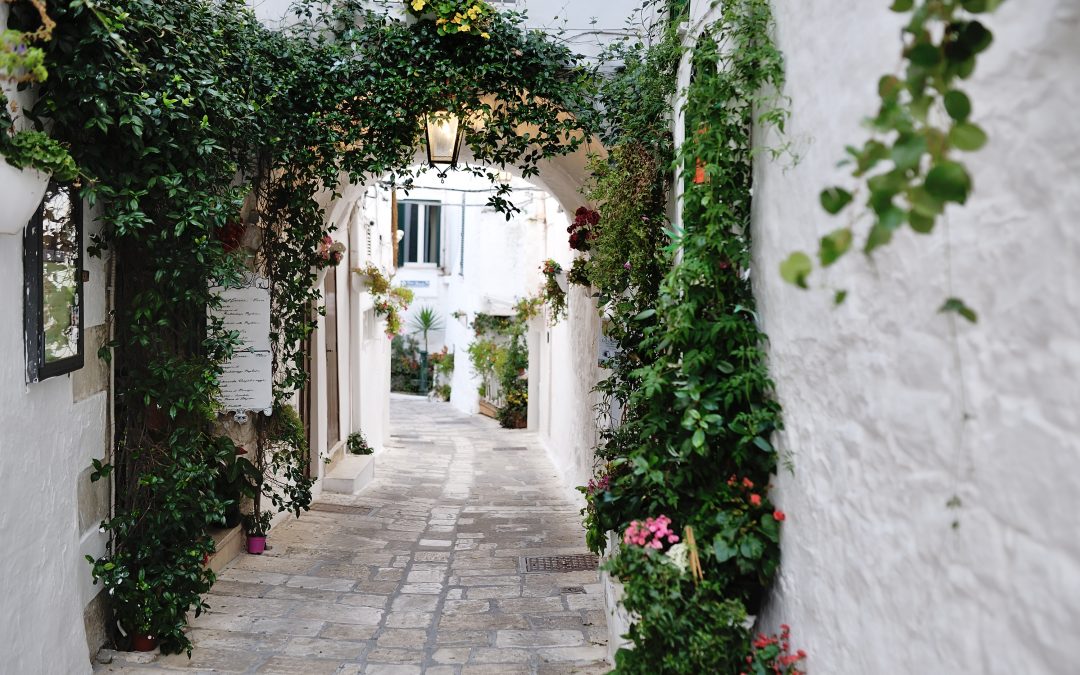
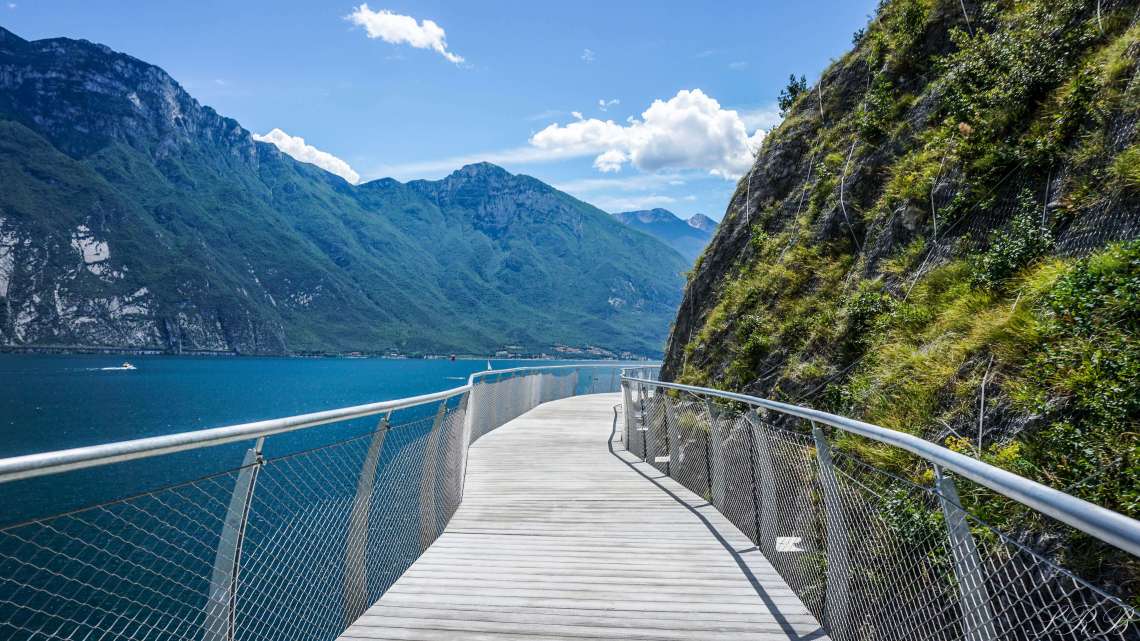
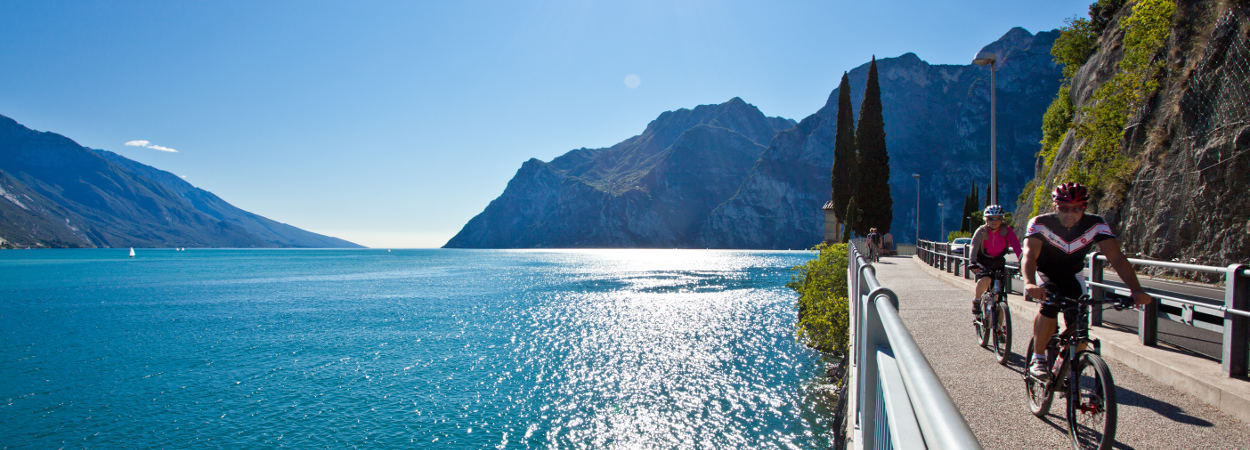
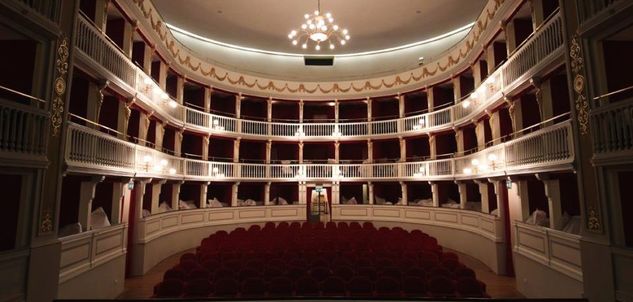
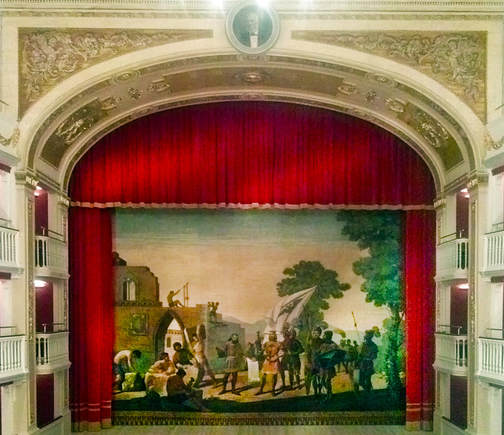
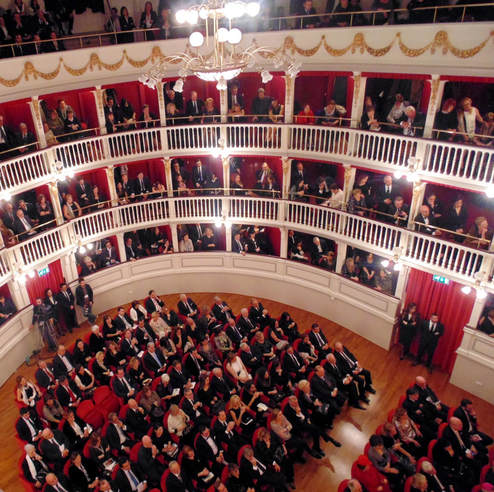
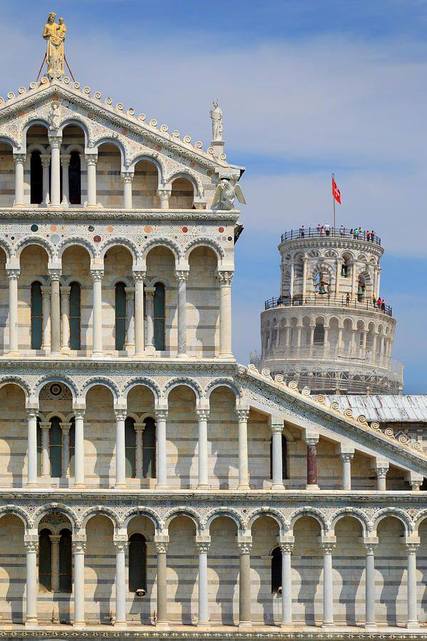
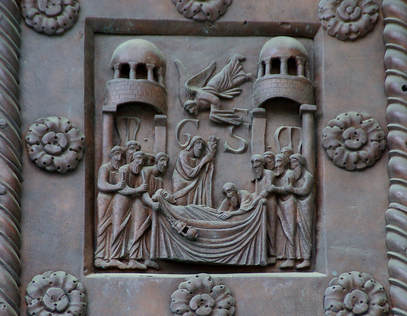

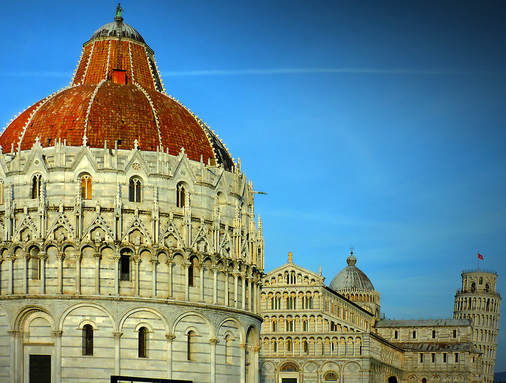
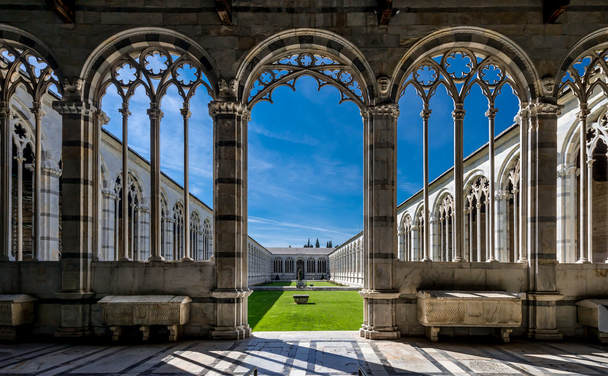



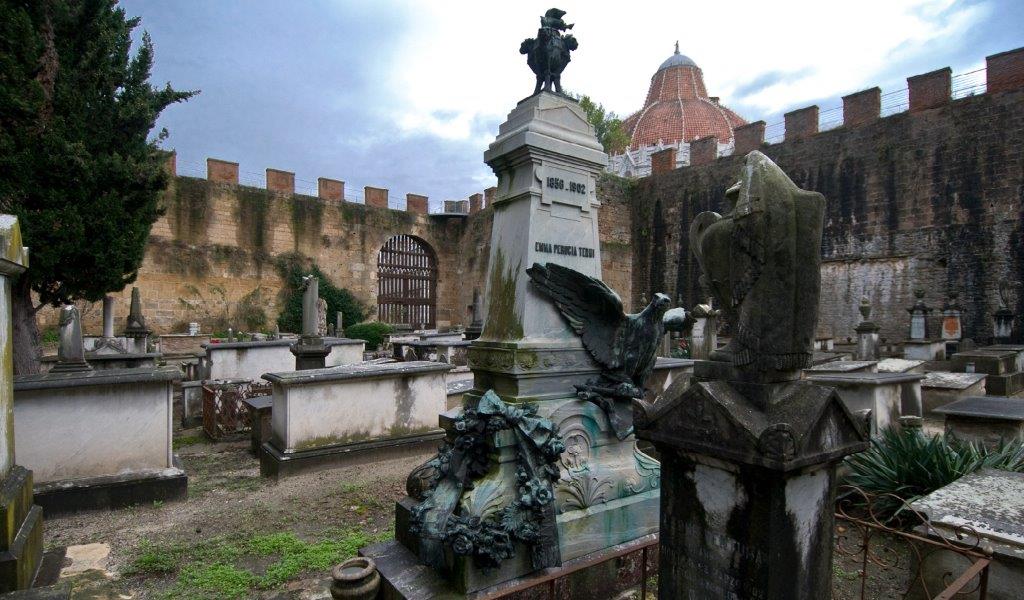
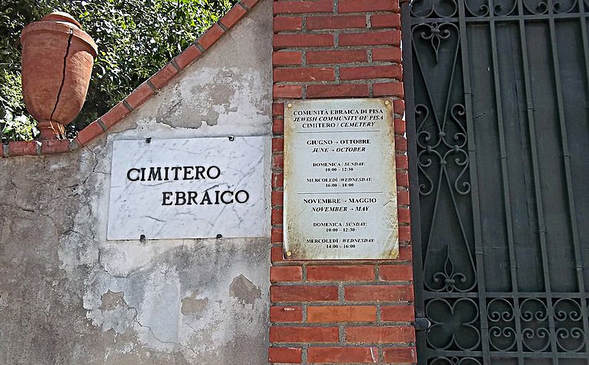

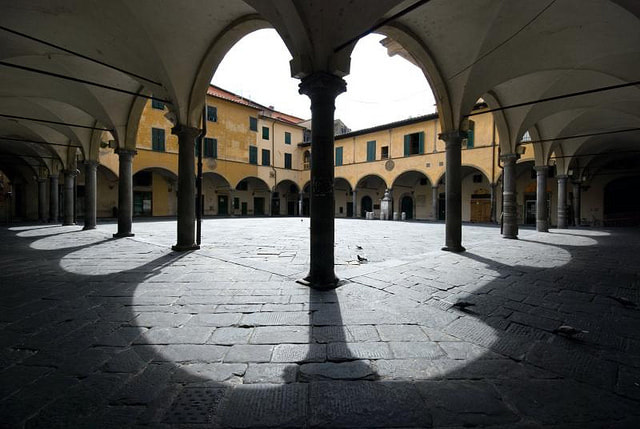
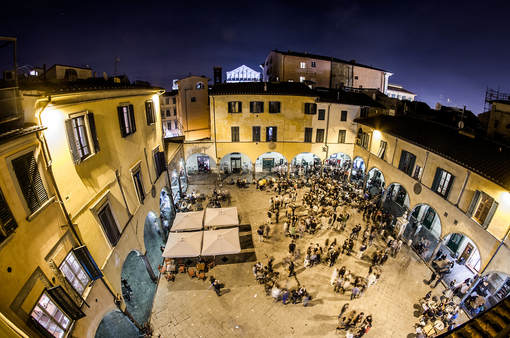
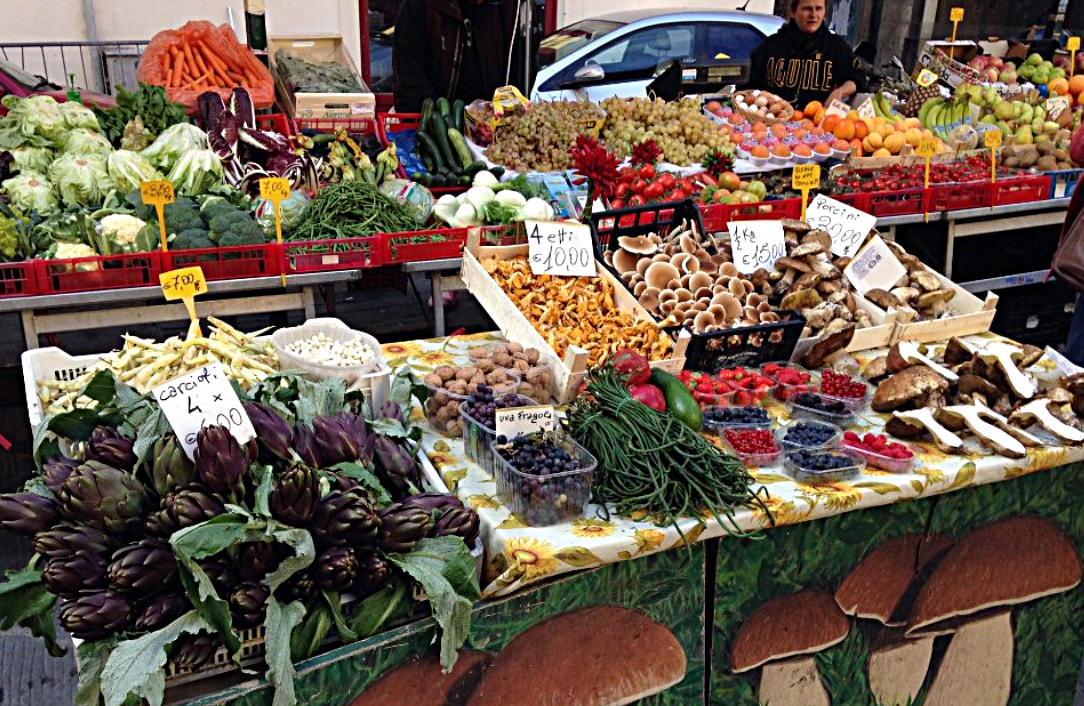

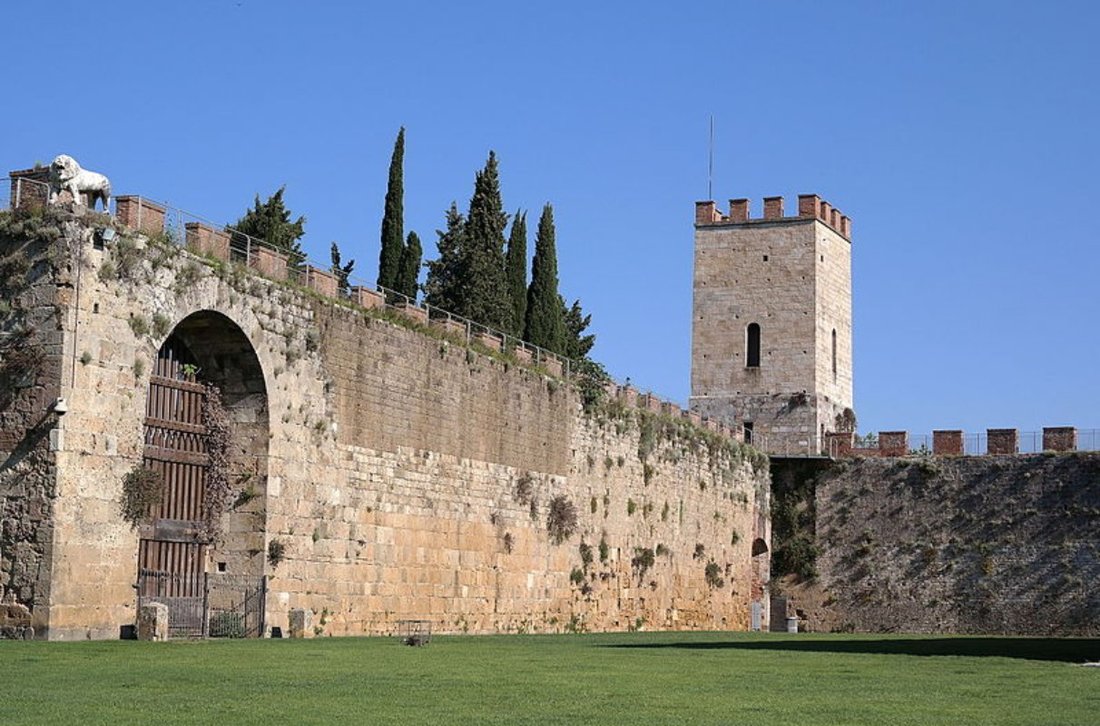
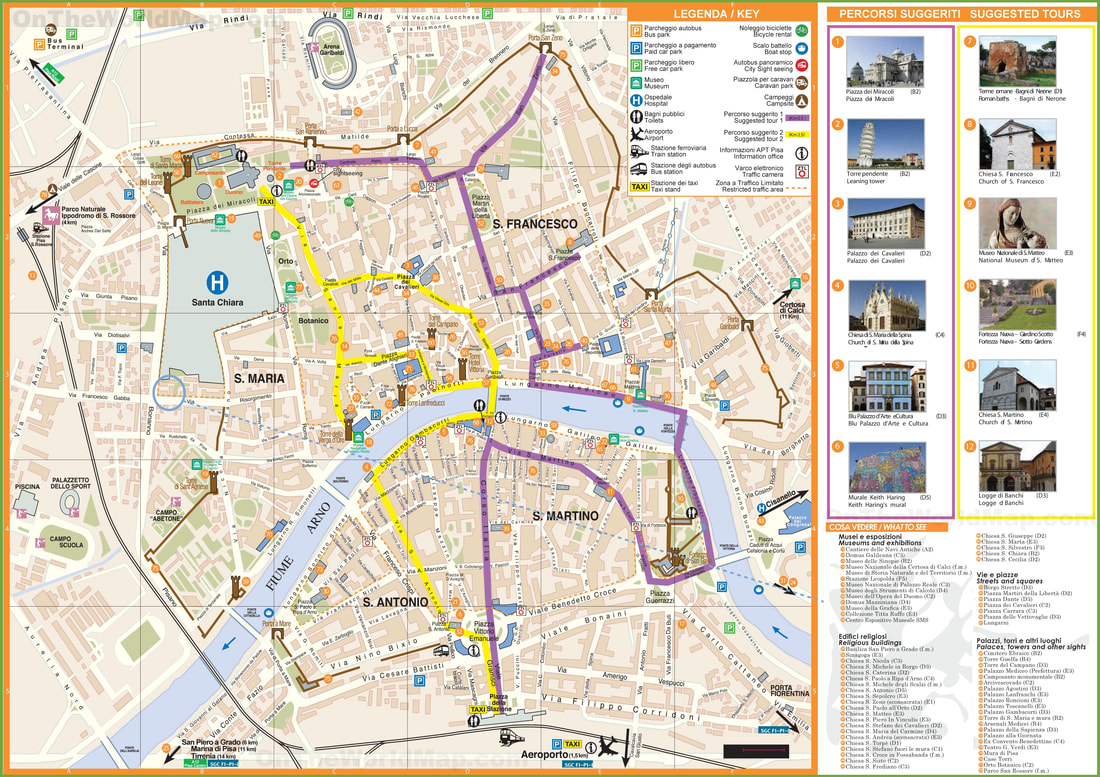

 RSS Feed
RSS Feed
